外国网站学习推荐——教你辨认全身每个部位
http://en.jybest.cn 中国教育在线 2007-01-17 大 中 小
特别提醒:科学填报志愿比取得好成绩更加重要。考试结束了,尽快估分选大学、确定志愿吧。请点击这里,帮你解决!
Useful Words about Your Body
The human body can be described in many different ways depending on its size and shape. A thin body can be scrawny, slim, skinny, slender, bony or emaciated.A heavy body can be fat, plump, obese, chubby, stocky or corpulent. Between these extremes are bodies that are shapely, curvaceous, svelte, athletic, average (for women) or trim, rangy, muscular, athletic, average (for men). A person can be tall, short or of average or medium height.
The Human Head
A normal human head has hair covering its top, rear and upper sides. It has two ears, one on each side of the head. The front of the head is called a face. A face consists of a forehead across the top of the face, two eyebrows at the bottom of the forehead, and two eyes, one under each eyebrow. Beginning between the eyes and extending downward is a nose. The nose has two openings at the bottom called nostrils. On either side of the nose are your cheeks. Below the nose are the upper and lower lips. The lips guard an opening called a mouth. Inside the mouth are top and bottom teeth which grow out of the gums. Growing from the bottom center of the mouth is a tongue. Behind the tongue is an opening called a throat which leads to the lungs and the stomach. Under the mouth is the front part of your lower jaw called a chin.
The head is connected to the rest of the body by the neck. In the front of the neck is a bump called your Adam's apple or voice box. This bump is much more noticeable in men than in women.
 |
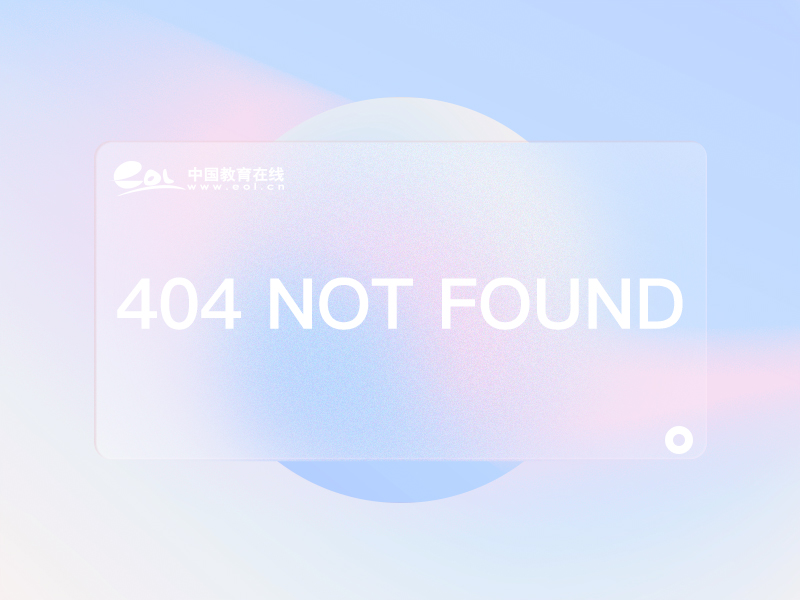 |
Hair terms
Hair can be straight, wavy, curly or kinky.
Hair can be blond, brown, black, gray, white or red. These colors can be divided into honey blond, strawberry blond, dirty blond, mousey brown, reddish-brown (auburn), grizzled (like the beard above), salt-and-pepper.
Hair can be long or short or medium length. It can be close-cropped or shoulder-length. It can be permed, teased, dreadlocked, styled or natural.
Many people, mostly females, change the color of their hair. They dye their hair or color their hair to give themselves a different appearance or to cover gray or white hair.
The person in the picture above has dark brown hair. (A woman with brown hair is called a brunette.) The hair above is slightly wavy and medium-length. The person also has a neatly-trimmed moustache and a grizzled beard.
Face terms
Faces come in various shapes. They can be oval, heart-shaped, round or square. Faces can be described as being beautiful, pretty, striking, cute, interesting, handsome, average, plain, homely or ugly,
There are many muscles in your face that allow you to form many different expressions. By moving or tensing the muscles of your jaw, your lips, your eyes, your forehead and other parts of your face, you can look happy, sad, excited, curious, angry, bored, afraid, loving or worried.
Usually our faces form these expressions on their own, based on the feelings we have at the moment. Actors, politicians and some criminals learn to form various expressions with their faces that are not related to their emotions. That makes it difficult for others to know for sure what they are really thinking or feeling.
Some people claim to know what a person is thinking or feeling by the look in his eyes, but the eyes do not change. What people really notice is the tiny changes in the rest of the face that surround the eyes.
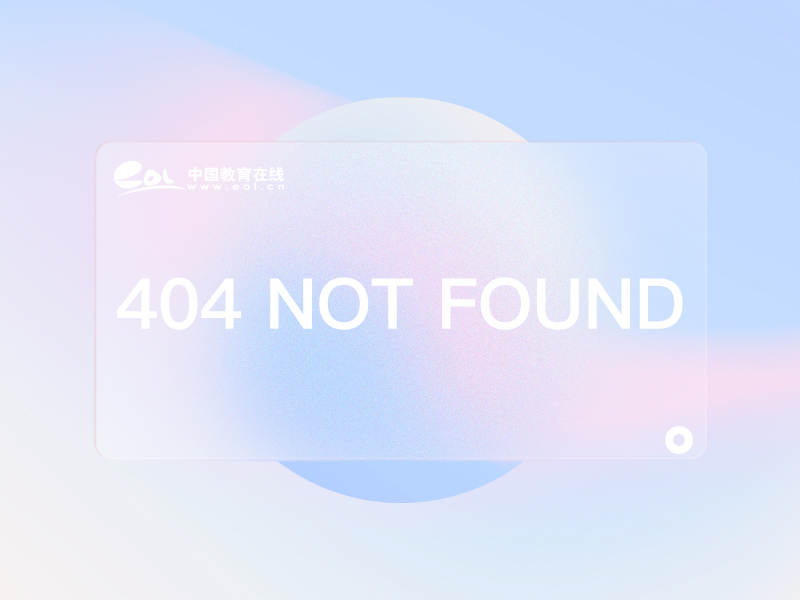
Your eyes have many different parts. Your eyelids are the skin coverings that slide down over your eyeballs when you blink. Eyelashes are short, curved hairs that grow from the bottom edge of your eyelids. Eyebrows are the short, curved hairs that grow above your eyelids. The colored part of your eyeballs is called the cornea. Corneas can be blue, green, brown, yellow, or a combination of colors. The pupil is a black dot in the center of your cornea. The pupil grows larger when the light is dim and smaller when the light is bright.
A person with no hair on his head is said to be bald. If there is hair on some parts of the head but not on others, that person is partially bald. A person who is loosing his or her hair over a period of time is said to be balding.
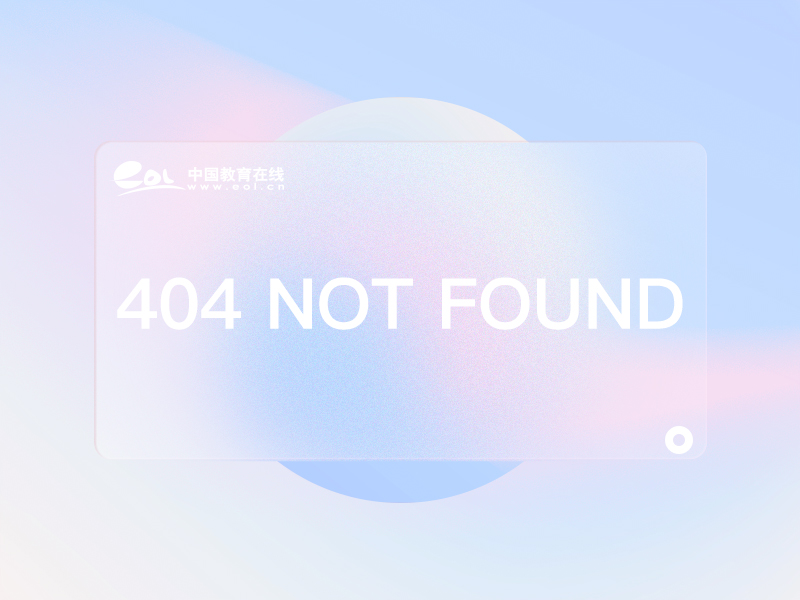
The glass or plastic lenses set in metal or plastic frames and supported by the nose and ears are called glasses, eyeglasses or spectacles. If the lenses have two or three sections in them, they are called bifocals or trifocals. Lenses that are placed directly on the eyeball are called contacts or contact lenses.
Below your neck is the part of your body called the torso. Sometimes it is just called 'your body'. The upper front part of your torso is called the chest. The chest is like a skin and muscle-covered cage. The cage is made of curved bones called ribs. Inside this cage are your lungs and your heart. Below the chest is the area called the abdomen. Sometimes this area is also called your stomach or belly. Inside the abdomen, or in the abdominal cavity, are located the actual stomach organ, the liver, the spleen, the large and small intestines, and the bladder. Women also have their uterus and ovaries in the abdominal cavity.
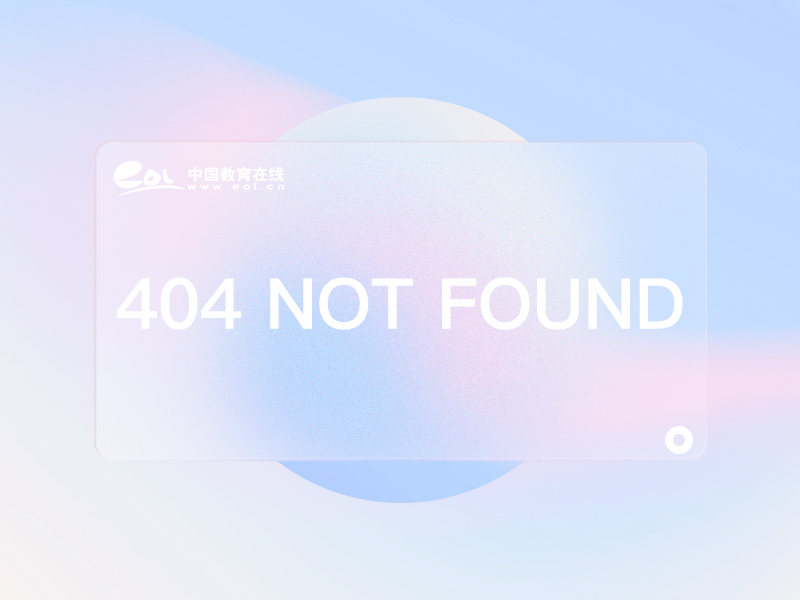 |
|
|
Below the back and on either side of the tailbone are fleshy mounds called buttocks. The buttocks provide padding when we sit down. There are many English words used to refer to a person's buttocks, but some of them are not very polite. Here are some that are not so bad: backside, rear end, butt, posterior, gluteus maximus (the name of the main muscle in the buttocks).
At the top center of the torso are two bones that slant down to the top center of the chest. These are called your collar bones, or clavicles. In the center of your chest is a flat bone called the breast bone or sternum. On both sides of a man's chest are dark circular patches of skin with a small bump in the center. This bump, and sometimes the whole dark patch, is called a nipple. Women have similar, but larger bumps, also called nipples, at the tips of fleshy mounds called breasts.
In the center of the abdomen is a round area of scar tissue called the navel or belly button. The area around your torso, below your ribs and passing over your navel is called your waist. The sides of your torso are called sides - left side or right side.
 |
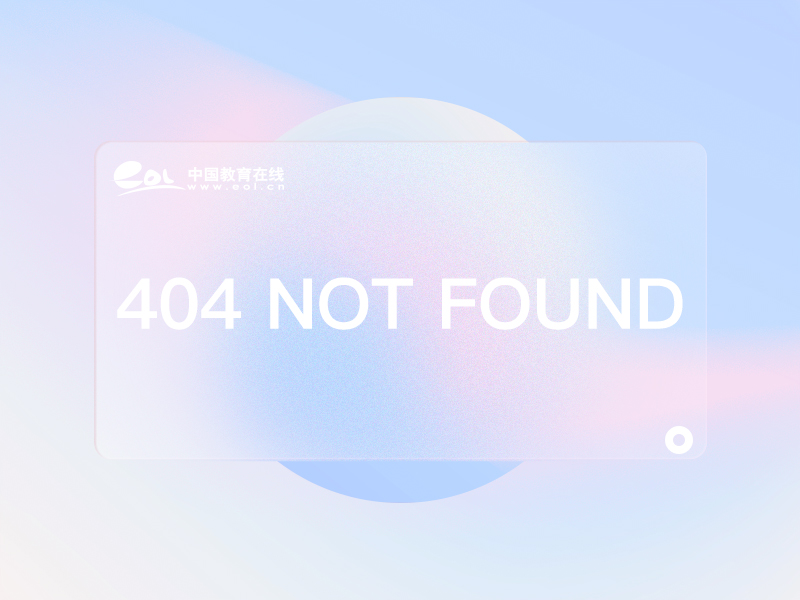 |
|
|
The upper part of your leg is called your thigh. At the bottom of the thigh is a joint called the knee which allows your leg to bend. On the front of the knee is a bone called the kneecap, or patella. The lower half of your leg is called your shin and the bone in the front of your lower leg is the shin bone. The back of your lower leg is called your calf. This mainly refers to the large muscle at the top rear of your lower leg. The lower leg ends at your ankle joint. Your foot is connected to the other end of the ankle. The back of the foot is a well-padded area known as your heel. The front of your foot ends in five toes, the largest one called your big toe and the smallest one called your little toe. The tops of the toes are protected by your toenails.
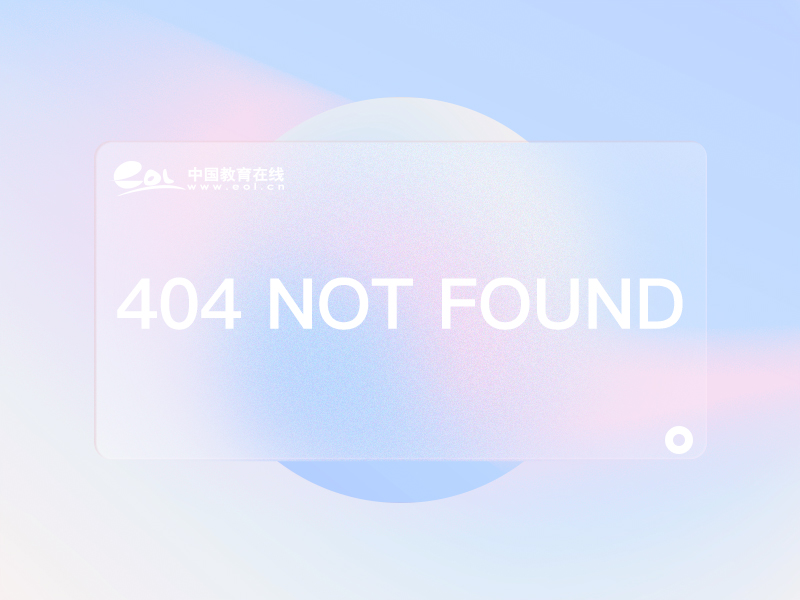 |
|
|

考试培训小助手

本科留学qq:436560382

研究生留学qq:437946603
免责声明:
① 凡本站注明“稿件来源:中国教育在线”的所有文字、图片和音视频稿件,版权均属本网所有,任何媒体、网站或个人未经本网协议授权不得转载、链接、转贴或以其他方式复制发表。已经本站协议授权的媒体、网站,在下载使用时必须注明“稿件来源:中国教育在线”,违者本站将依法追究责任。
② 本站注明稿件来源为其他媒体的文/图等稿件均为转载稿,本站转载出于非商业性的教育和科研之目的,并不意味着赞同其观点或证实其内容的真实性。如转载稿涉及版权等问题,请作者在两周内速来电或来函联系。